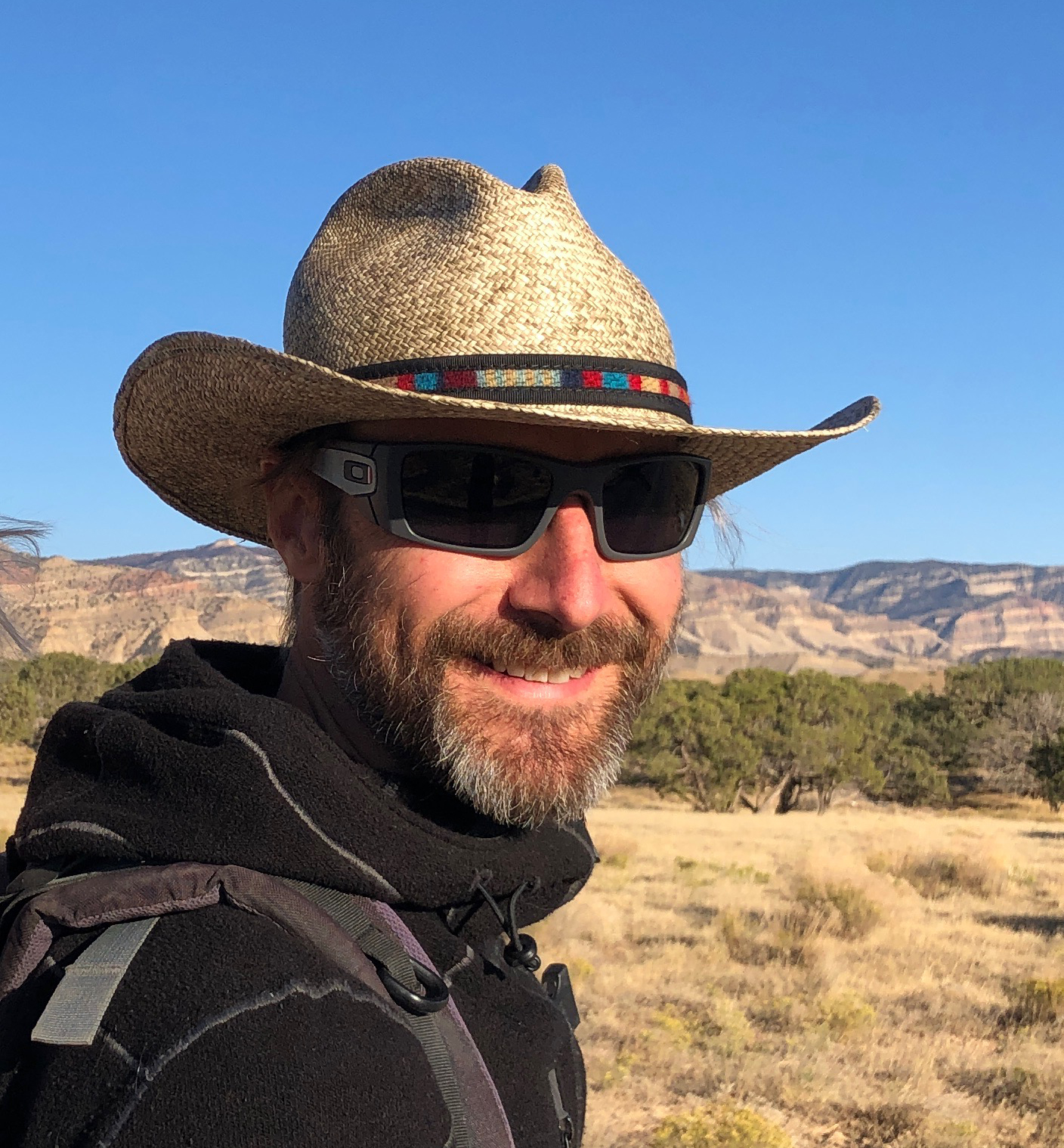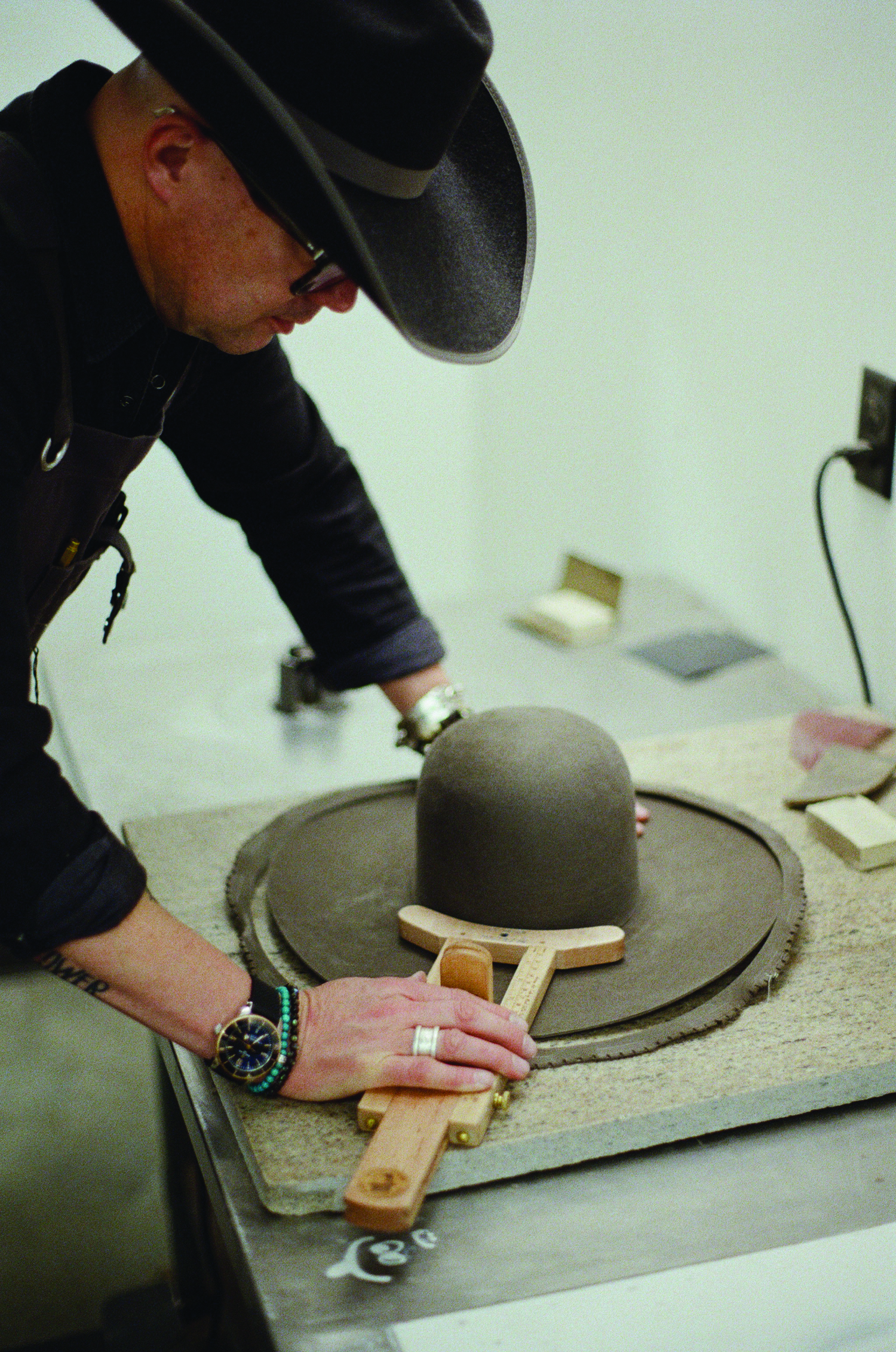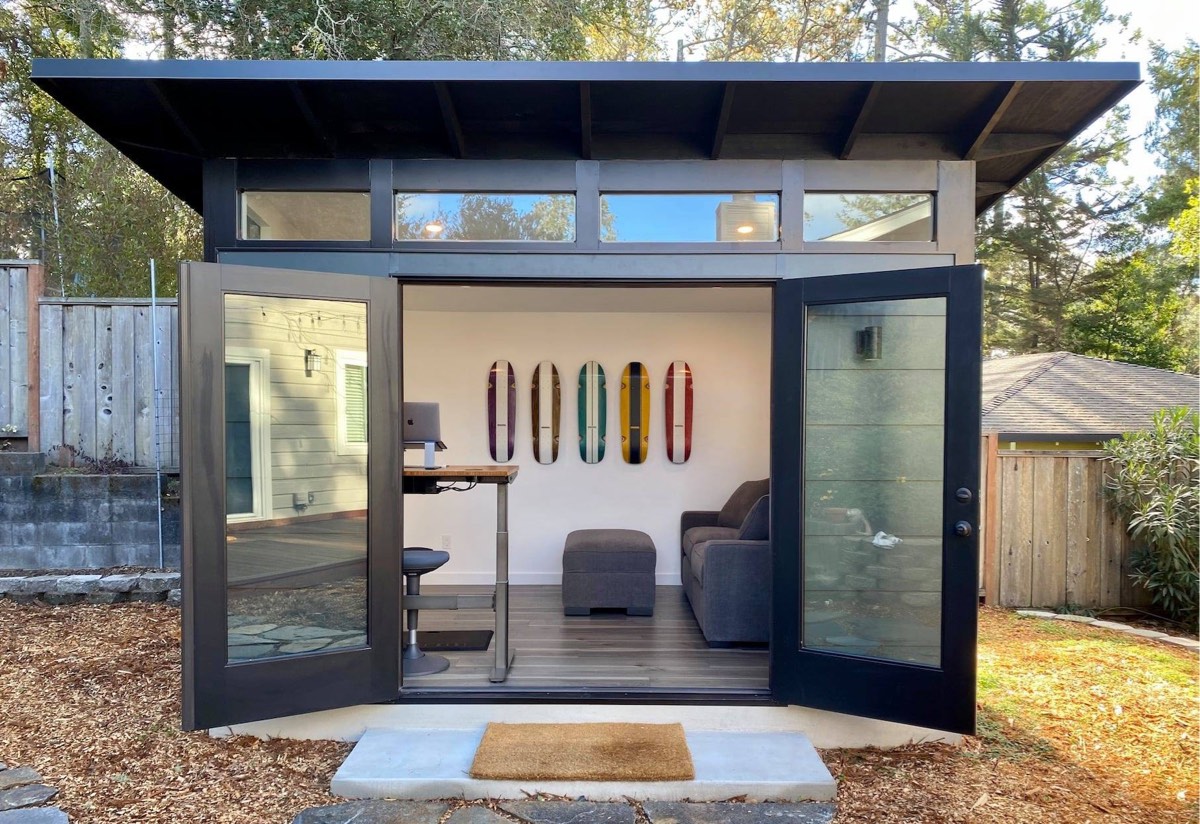
Jeremy Nova, 42
Co-founder, Studio Shed
Hometown: Denver
What he’s reading: The Sovereign Individual: Mastering the Transition to the Information Age, by James Dale Davidson and Lord William Rees-Mogg.
Studio Shed is a great example of a Colorado business started not on purpose, but as an outcome of necessity. One persons problem and inability to find a solution on the market turned personally created solution.
Jeremy Nova, a professional bike racer and Olympic athlete, needed a way to store his many mountain bikes. His answer to the question of how, is what we now know as the thriving Studio Shed.
I had the opportunity to speak with Jeremy on the origins of his business, his experience learning to navigate the entrepreneurial world, and how his background as a professional athlete prepared him to be a business owner. Here is what he had to say.
ColoradoBiz: What problem were you solving when you created Studio Shed?
Jeremy Nova: Well, the birth of Studio Shed did actually grow out of my mountain bike racing career, which feels like a lifetime ago now. My wife and I were both professional athletes for about 15 years, and we had a problem of too many mountain bikes and not enough space. There really wasn’t any [solution] on the market. It was at that point I said, Im just going to do this myself.”
CB: Did you set out to start a business?
JN: [Well, no but,] I always had been a fan of modern architecture and just an enthusiastic DIY-er. I had an engineering degree from CU and really just decided to build my own nice-looking shed for our bikes. That was really the beginning. I didn’t really ever envision starting a company based on that concept. But, my now-business partner, Mike Koenig, was the one who really said, Hey, we should sell these and make a business here.” So that was the start.
We started in 2008, so I think this is our 13th year now … a 13-year overnight success. It was a side business initially. I was still mountain bike racing full-time for several years as we got the business off the ground, and Mike was involved in another business. It grew to more of a hobby pretty quickly, but we weren’t necessarily trying to make something really big right off the bat.
CB: How has Studio Shed grown since the beginning?
JN: [Initially,] we would get the occasional order and fulfill it, but it started to grow pretty quickly in 2011-2012. We opened our own production facility, and that facility grew over the years. In 2016-2017, we started to get quite a bit more scale behind it. Theres still not tremendous scale when you’re talking about large businesses, but it’s enough that there are some meaningful improvements that we can make now that were not possible previously.
We self-funded the whole thing initially, so we each made some capital contributions. As of 2016, we do have a majority investor. We have access now to some more initiatives and capital that we didn’t previously. I think they really helped get our ducks in a row, particularly on a manufacturing level. Now its more like 10 to 15 projects out the door a week. So, 600 to 700 a year.
CB: What did you have to learn about building a shed that could be SOLD vs. building one for yourself?
JN: I think you learn some things the hard way, and there was definitely an evolution in the company [in terms of] figuring out how to prefab something in a way that we could flat-pack it, versus what I did.
I just bought lumber and stick frames and built something in my backyard without any consideration for shipping constraints or panelization or those types of things. So in terms of building a business, there was a learning process around that transition.
I think there were some things I did back then that were form over function. On my own initial pre-company project, the glass ended up leaking over time because I didn’t build the windows right. And the door wasn’t a proper residential door. So now its been sort of a marriage of that design aesthetic, but actually with proper residential-quality materials.
CB: Is there anything else you had to learn the hard way?
JN: There is no shortage of examples of things we learned the hard way. I think one of the most difficult things, and it still remains a big challenge for the company, is the installation network.
To try to serve and grow a national footprint of high-quality contractors, the kind of people that we would want in our own homes, and the learning that is associated with everything about that … from the shipping of the product to having someone receive it, and the efficiencies that you need to get some kind of scale with those types of endeavors … theres really no shortage of things.
CB: Do people really order $100,000 sheds ONLINE?
JN: Yes, obviously its a high-consideration purchase. Theres a lot of questions people typically have, like, how does this come delivered? And [those questions are] answered on the website, but it’s the kind of purchase you would expect to talk to someone and have a consultative sales process. It shows the confidence people have in online purchasing in general right now that people are willing to do things like that.
CB: Can you talk about your online presence?
JN: The website, we see as our primary merchandising avenue. We have a showroom in Louisville but not that many people come to actually see it, so the website is our primary showroom. I always have a list of things that I want to get done for it [but] its never good enough.
We have a 3D builder, so you can go on and build and design your own [product]. And we actually are investigating some 3D photo-realistic interior walkthroughs, because that technology has gotten so sophisticated now.
We certainly think that in the building industry in general, it’s a little antiquated in terms of the use of digital, so we really want to be the industry leader in that online category.
CB: How did being a professional bike racer prepare you for being an entrepreneur?
JN: It’s not so much the rush I would say, but there is a lot of crossover. I think that being an athlete, especially at a high level, is a very entrepreneurial endeavor. In an individual sport like mountain biking, you’re kind of out there selling yourself, building your own personal brand and making relationships.
A lot of those things that drive creation in athletics, so to speak, translate pretty naturally to the business world. Theres a real natural transition to [being] a business entrepreneur from that background.
CB: How has Colorado been as a home for Studio Shed?
JN: I think Colorado is great. I mean, I grew up in Colorado, I’m a native Coloradan. I love it. I have a deep affinity for it. And it is also a great place to do business.
I think theres a good “work hard, play hard” culture in Colorado that gives a lot of longevity to peoples careers and motivation. It’s a community and it’s probably more balanced than some other areas of the country. You’re also seeing more and more real talent that is available here, so theres never a shortage of finding the right person.
For us in particular, as a company shipping really large products, it also has generally very good shipping lanes to both the West and East coasts. There are some pretty good advantages here for shipping a large product, and just the culture, in general, is a good fit. We think Colorado has a great brand for ‘made in Colorado.’
To hear the Studio Shed podcast in its entirety, visit www.proco360.com/podcast/shedding-a-bike-storage-problem.
Dave Tabor is the host of PROCO360 podcast, featuring world-class entrepreneurs who choose Colorado™, available via podcast app or at www.PROCO360.com.

 Denver-based writer Eric Peterson is the author of Frommer’s Colorado, Frommer’s Montana & Wyoming, Frommer’s Yellowstone & Grand Teton National Parks and the Ramble series of guidebooks, featuring first-person travelogues covering everything from atomic landmarks in New Mexico to celebrity gone wrong in Hollywood. Peterson has also recently written about backpacking in Yosemite, cross-country skiing in Yellowstone and downhill skiing in Colorado for such publications as Denver’s Westword and The New York Daily News. He can be reached at [email protected]
Denver-based writer Eric Peterson is the author of Frommer’s Colorado, Frommer’s Montana & Wyoming, Frommer’s Yellowstone & Grand Teton National Parks and the Ramble series of guidebooks, featuring first-person travelogues covering everything from atomic landmarks in New Mexico to celebrity gone wrong in Hollywood. Peterson has also recently written about backpacking in Yosemite, cross-country skiing in Yellowstone and downhill skiing in Colorado for such publications as Denver’s Westword and The New York Daily News. He can be reached at [email protected]


